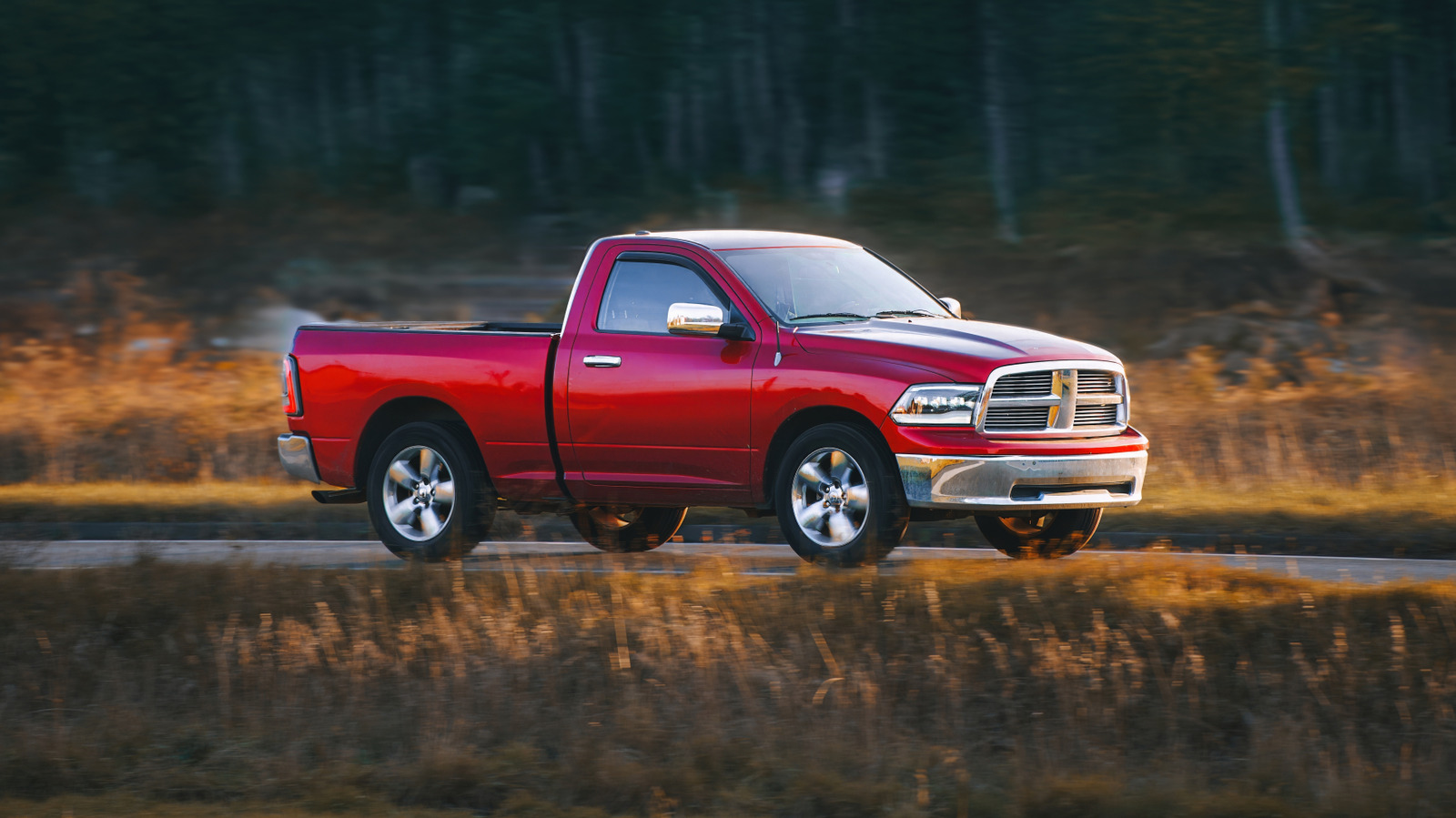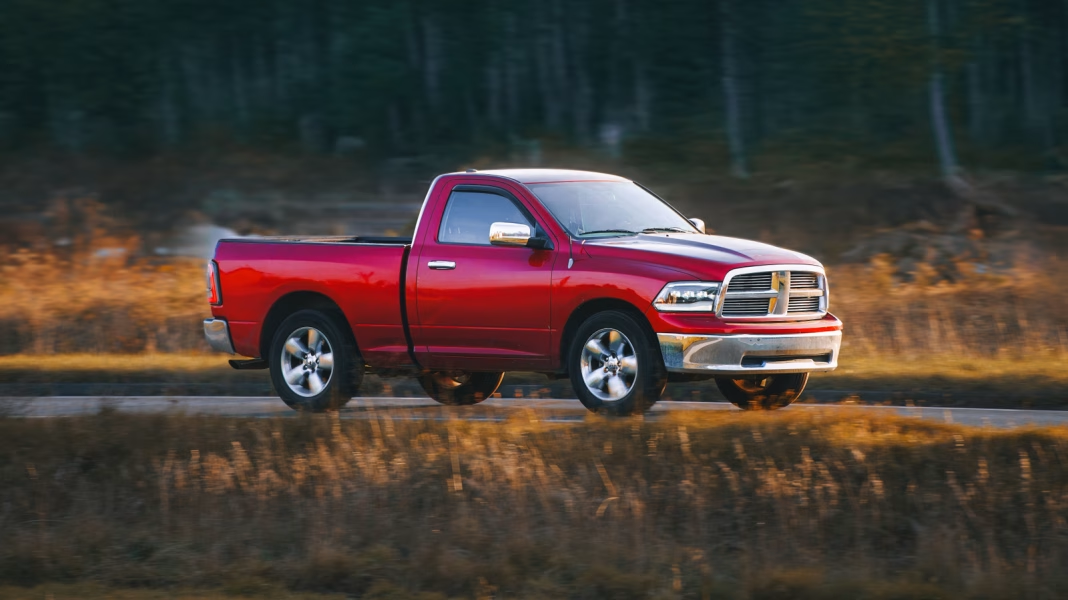Can You Legally Drive a Pickup Truck Without the Bed?
Ever seen a pickup rolling down the road with its bed missing and wondered if that’s even allowed? Maybe you’re working on a restoration project, or you just bought a truck frame to build something custom. Either way, the sight of a bedless pickup raises a lot of questions—especially about what’s legal and what’s not.
Why Would Someone Remove the Bed From a Pickup?
Let’s start with the obvious: there are plenty of practical reasons to drive a pickup without its bed. Maybe you’re in the middle of a major repair or restoration, and the bed’s off for rust work or painting. Some folks strip the bed to install a flatbed or utility box, especially for work trucks. Others might be prepping for a custom build—think hot rods or off-road rigs. And sometimes, it’s just a matter of salvaging parts. Whatever the reason, driving a bedless truck isn’t as rare as you might think.
What Do State Laws Say About Driving a Bedless Truck?
Here’s where things get interesting. In most states, there’s no specific law that says you can’t drive a pickup without its bed. But—and it’s a big but—there are plenty of related regulations you need to watch out for. For example, every state requires vehicles to have working taillights, brake lights, turn signals, and a rear bumper. If you remove the bed, you might also remove these critical safety features.
Take California, for example. The state’s vehicle code doesn’t ban driving a truck without a bed, but it does require all vehicles to have certain safety equipment. If your taillights or license plate are missing or not visible, you could get pulled over and ticketed. The same goes for Texas, Florida, and most other states. The bottom line? As long as your truck meets all safety and equipment requirements, you’re usually in the clear.
Are There Safety or Insurance Risks to Consider?
Let’s be honest: driving a truck without a bed isn’t just about legality. There are real-world safety and insurance issues to think about. Without a bed, the rear of your truck is exposed. That means sharp edges, loose wiring, or even fuel tanks could be at risk. If you get rear-ended, there’s less structure to absorb the impact, which could make injuries or damage worse.
Insurance companies might also raise an eyebrow. Some policies specifically exclude coverage for modified vehicles or those missing factory equipment. If you’re planning to drive your truck without a bed for more than a quick trip around the block, it’s smart to check with your insurer first. You don’t want to find out after an accident that you’re not covered.
How Can You Stay Legal and Safe With a Bedless Pickup?
If you need to drive your pickup without the bed, a little preparation goes a long way. First, make sure all your lights are securely mounted and fully functional. You might need to temporarily attach your taillights and license plate to the frame or bumper. Cover any sharp edges or exposed parts to protect yourself and others. And don’t forget the rear bumper—some states require it, even if the bed is gone.
It’s also a good idea to keep your trip short and stick to local roads if possible. The less time you spend on the highway, the lower your risk of running into trouble. If you’re stopped by law enforcement, be polite and explain why the bed is missing. Most officers will understand if you’re clearly making repairs or upgrades and you’ve taken steps to keep the truck safe.
What About Registration and Inspection Requirements?
Depending on where you live, you might run into issues with registration or annual vehicle inspections. Some states require all vehicles to pass a safety inspection, and missing body parts could be a red flag. If your truck is due for inspection, call ahead and ask what’s required. In some cases, you might need to reinstall the bed—or at least make sure all safety equipment is present—before you can pass.
Registration is usually less of a problem, as long as your truck has a valid VIN and meets all legal requirements. But if you’re building a custom vehicle or converting your pickup to a flatbed, you might need to update your registration to reflect the changes. Check with your local DMV for specifics.
The Big Takeaway on Bedless Pickups
Driving a pickup without its bed isn’t about breaking the rules—it’s about knowing which rules matter. As long as you keep your lights, license plate, and safety gear in check, you’re probably fine for short trips or repairs. But don’t skip the details. One overlooked taillight or missing bumper could turn a simple project into a costly ticket. The big takeaway? Modifying your truck isn’t about perfection—it’s about smarter adjustments. Start with one change this week, and you’ll likely spot the difference by month’s end.


